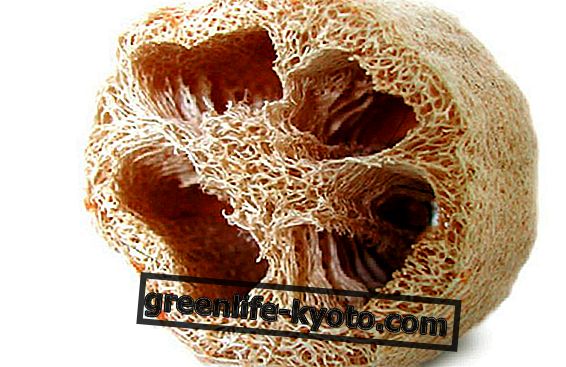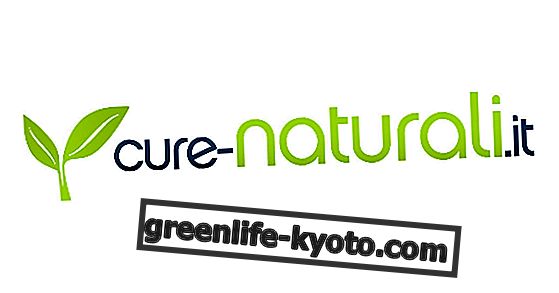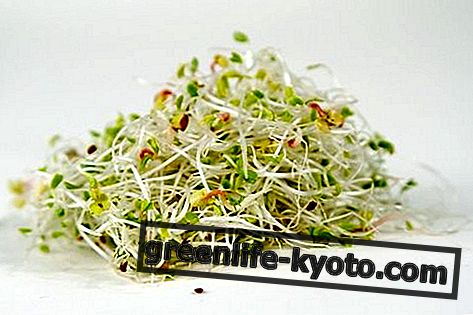The essential oil of verbena officinalis comes from the plant known in botanical nomenclature as Verbena Officinalis L., Different from the verbena odorosa, as the latter belongs however to the Verbenaceae family . Let's find out better.

Properties and benefits of the essential oil of verbena officinalis
Verbena essential oil is used both internally and externally. It is a demopurificante and dermoprotective for skin, healing and analgesic . It is used internally as a purifying and digestive, excellent as an oro-pharyngeal mouthwash. It is also an essential oil with a strong diuretic power. Unlike the more well-known Verbena odorosa (Lippia citriodora), the active ingredients of this plant are not yet well defined due to possible interactions with the thyroid and ovarian functions and on the endocrine system in general . The active components are: tannin, verbenaline, mucilage, saponin, arbutin, vitamins A, B and C.
Description of the plant
Verbena is a plant with a woody trunk, which can reach up to 4 meters in height; produces small flowers used for therapeutic purposes, as well as leaves. The plant remembers the smell of citronella and is cultivated in most of the Mediterranean areas.
Part used
leaves
Extraction method
Steam current distillation
Note the essential oil of verbena officinalis
The color of the oil is green and smells of citrus, lemon. The verbena note is an average of heart.
Use and practical advice on the essential oil of verbena officinalis
With the essential oil of verbena officinalis you can do relaxing and relaxing massages, using a few drops in a base oil, such as sweet almond oil. It can also be used to massage temples and nape, so as to relieve neck pain, neuralgia and headache .
Internally it is used to treat digestive disorders.
For stomach pain, you can use three drops of verbena oil in a spoon, massage the stomach and then cover for a few minutes with a warm towel. It is an oil recommended also for rheumatic pains caused by various pathologies, muscular tears, bruises, rheumatism or rheumatic pains
Even the water in the tub can be enriched and perfumed with this oil, about fifteen drops, to obtain excellent physical relaxation, but not only. Its properties allow it to cure dermatosis, eczema, furunculosis and acne.
Verbena essential oil can also be used as a scent essence if burned in oil burner, so that its active ingredient can be breathed in at night.
Contraindications of the essential oil of verbena officinalis
Verbena officinalis does not present particular contraindications, except for individual hypersensitivity to the product; it is not recommended in case of poor thyroid function.
Background
Known in ancient times as a plant used during the propitiatory rites of the Egyptians. There are innumerable traces of this plant of European origin in the classical iconography of myths and legends, as it was also considered a sacred plant by the Celts and Romans, but also by Gauls and Bretons, who used the infusion to wash the sacrificial altars. In popular tradition it is found alongside mint and lemon balm, as a remedy for digestive disorders of nervous origin.













